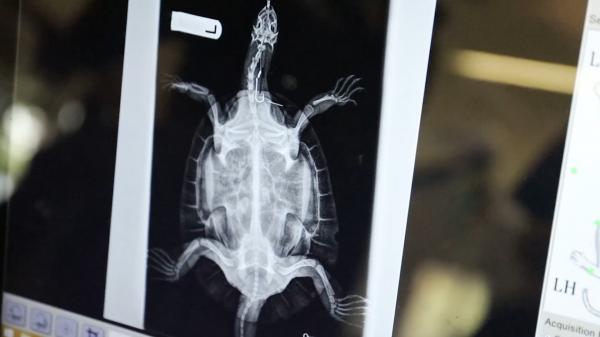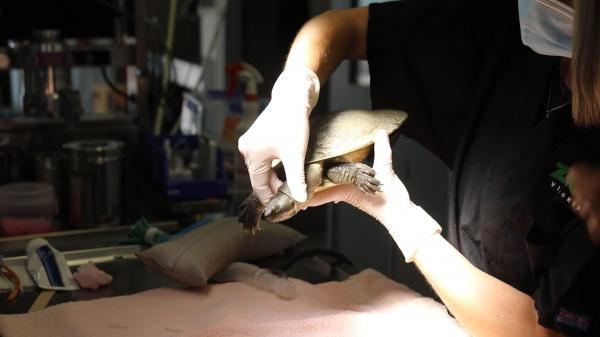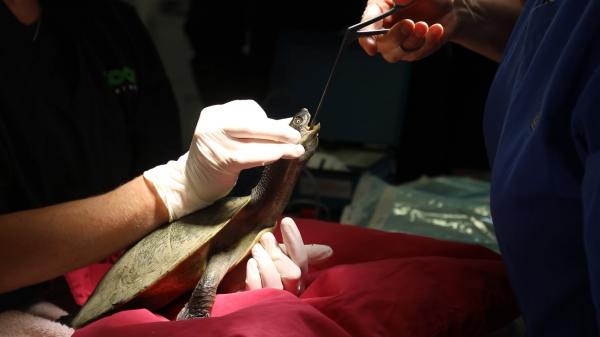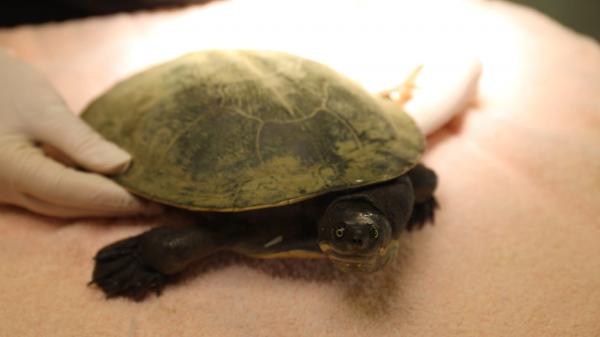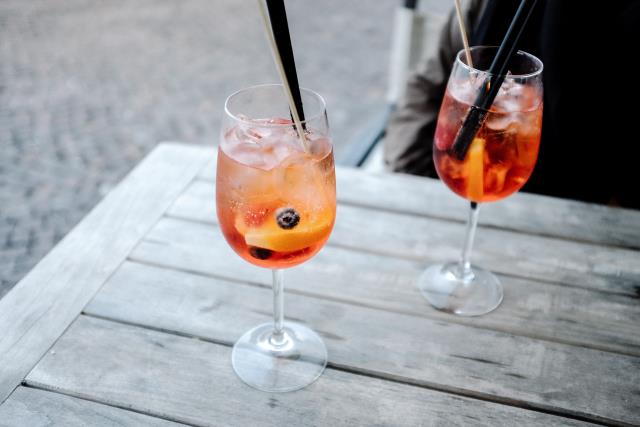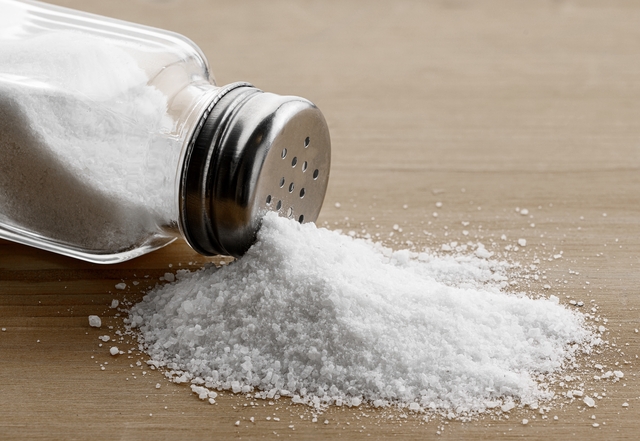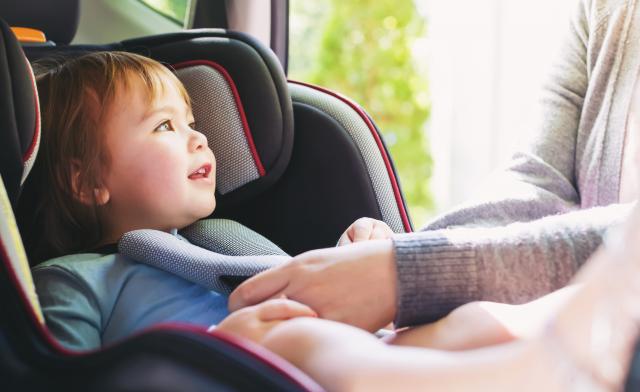Werribee Open Range Zoo veterinarians are concerned by a “dramatic increase” in the number of fishing-related wildlife injuries they have treated this summer.
Zoo vet Jen O’Dwyer said that within a week, medical staff treated a silver gull and Pacific gull, both of whom had ingested fish hooks.
“It’s quite unusual for us to see so many admissions in a short time, and across Zoos Victoria, we are seeing more and more,” Dr O’Dwyer said.
Werribee Zoo vets also recently treated a wild Eastern long-necked turtle, nicknamed Barron.
A local recreational fisher helped to save Barron, after the turtle became entangled in fishing line in a river.
Thanks to the expertise of the zoo’s veterinary team, the fishing hook Barron swallowed, and the meat that had attracted him to the hook in the first place, was removed from his oesophagus.
Zoo staff were able to return Barron to full health and he has been released back into the wild.
“We want to give all our wildlife patients the best chance for success by returning them to where they came from,” Dr O’Dwyer said.
“This is particularly important for some animals who have a very small territory, somewhere where they know where their resources are and where their mates are.”
Dr O’Dwyer said that anyone who finds marine wildlife entangled in hooks or other debris, such as plastic, can call Melbourne Zoo’s Marine Response Unit on 1300 245 678.
“Wildlife aren’t able to go off and remove a fishing hook themselves, so the most important thing to do is not to cut the fishing line,” she said.
“They will inevitably suffer. We want to make sure we can give them the best chance by bringing them in as safely and gently as you can.”
Dr O’Dwyer said injuries like Barron’s could be prevented by people taking their rubbish home, and disposing of fishing line in the ‘Seal the Loop’ bins located across Victoria.
Zoos Victoria’s Seal the Loop initiative provides resources to community organisations to help protect Victoria’s marine wildlife from common threats such as fishing waste, plastics and debris.

